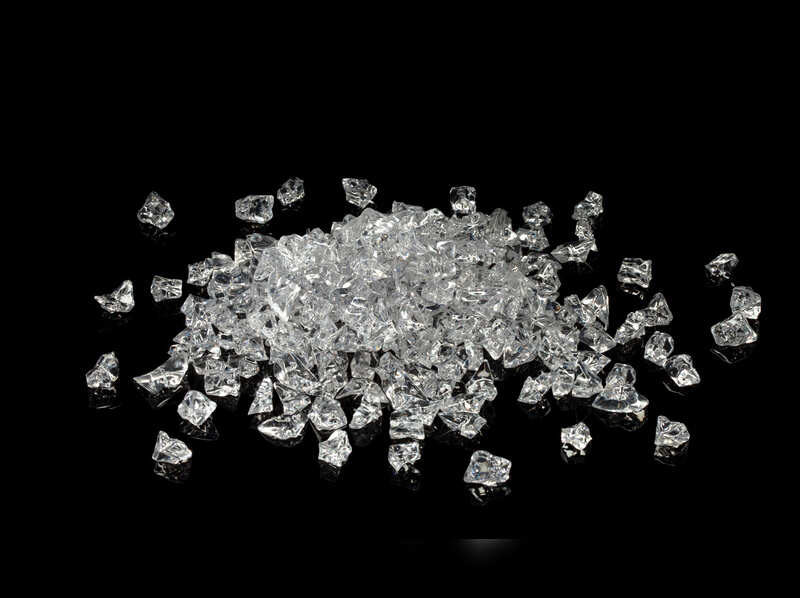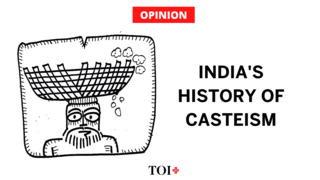Natural diamonds- Building communities and uplifting women
Personalised jewellery is the hottest trend right now
Hindustan Unilever and HSBC India join hands to impact 12,000 individuals and save 21 million litres of water via its Suvidha Centers in Mumbai
Indian woman's connection with gold jewellery
Everything you want to know about black diamonds
Natural diamonds- Building communities and uplifting women
Natural diamonds- Building communities and uplifting women

“Learning is a treasure that will follow its owner everywhere,” declares a wise and ancient Chinese proverb. And when diamonds are extracted from deep within Earth’s core, it is only natural that they should give something back to the land and communities they come from— many of which are among the most remote in the world. Traditionally this is a male-dominated environment and this is beginning to break away. Women are more likely to face barriers in adapting to the future of work, including less time to refresh or learn new skills, and less access to digital technology and lower participation in science, technology, engineering and maths fields than men.
One place where positive impact of natural diamonds can be seen is El’gyay, a village in the heart of subarctic Siberia with only two thousand inhabitants. Visitors coming to El’gyay today will still find the oldest school in the Republic of Sakha, originally built out of wood in 1875. As diamonds were discovered in Siberia, fortunes changed for the school. In 2015, a new larger building was constructed thanks to ALROSA, which injected more than $4.3 million into the project. Many other diamond mining companies including De Beers Group, Lucara, RZM Murowa, Rio Tinto, Dominion Diamond Mine and Petra Diamonds have also contributed to programs that offer scholarships and financial assistance to help young people pursue their educational—and ultimately their career—dreams. One country that has seen a transformation in its education system as a direct result of the economic impact of diamonds, is Botswana. Once the third poorest country in Africa, Botswana has rapidly become one of the world’s development success stories and according to the World Bank, an upper-middle-income country with a transformation agenda of becoming a high-income country by 2036. De Beers Group’s 50/50 joint venture in Botswana, Debswana, has built and continues to support several primary schools in the country attended by children of employees as well as local residents.
COVID-19 has also demonstrated that despite progress made in economic inclusion of women, their jobs tend to be more vulnerable than men’s. In the future, the progress made so far could be reversed with more women potentially excluded from formal employment. The scholarship has been created to assist any woman applying in a Science, technology, engineering, and mathematics (STEM) field who is and has been a resident of North Western Territories or the West Kitikmeot region of Nunavut for at least half their life. “Rio Tinto has ongoing efforts to support women in the mining industry and this Northern women-only scholarship will directly support these efforts on a more local level,” says Bailey. “Ultimately,” says Winter Bailey, acting Manager of Communities and Communications for Rio Tinto Diavik Diamond Mine “we want as many women to get involved in the mining industry as possible”. To keep progressing the inclusion of women within De Beers Group and the wider economy, Shahila Perumalpillai tells us that De Beers is working with UN Women, WomEng and local partners in its producer countries to support young women to pursue studies and careers in STEM-related fields—including manufacturing—through scholarships, awareness-raising, innovation challenges and mentoring.
While diamonds are an heirloom to last forever, it is magical to know that across the world and sometimes in the most overlooked and remote destinations, they leave a different kind of lasting and priceless legacy.
With inputs from Natural Diamond Council
Disclaimer: Content Produced by The Gem & Jewellery Export Promotion Council
One place where positive impact of natural diamonds can be seen is El’gyay, a village in the heart of subarctic Siberia with only two thousand inhabitants. Visitors coming to El’gyay today will still find the oldest school in the Republic of Sakha, originally built out of wood in 1875. As diamonds were discovered in Siberia, fortunes changed for the school. In 2015, a new larger building was constructed thanks to ALROSA, which injected more than $4.3 million into the project. Many other diamond mining companies including De Beers Group, Lucara, RZM Murowa, Rio Tinto, Dominion Diamond Mine and Petra Diamonds have also contributed to programs that offer scholarships and financial assistance to help young people pursue their educational—and ultimately their career—dreams. One country that has seen a transformation in its education system as a direct result of the economic impact of diamonds, is Botswana. Once the third poorest country in Africa, Botswana has rapidly become one of the world’s development success stories and according to the World Bank, an upper-middle-income country with a transformation agenda of becoming a high-income country by 2036. De Beers Group’s 50/50 joint venture in Botswana, Debswana, has built and continues to support several primary schools in the country attended by children of employees as well as local residents.
COVID-19 has also demonstrated that despite progress made in economic inclusion of women, their jobs tend to be more vulnerable than men’s. In the future, the progress made so far could be reversed with more women potentially excluded from formal employment. The scholarship has been created to assist any woman applying in a Science, technology, engineering, and mathematics (STEM) field who is and has been a resident of North Western Territories or the West Kitikmeot region of Nunavut for at least half their life. “Rio Tinto has ongoing efforts to support women in the mining industry and this Northern women-only scholarship will directly support these efforts on a more local level,” says Bailey. “Ultimately,” says Winter Bailey, acting Manager of Communities and Communications for Rio Tinto Diavik Diamond Mine “we want as many women to get involved in the mining industry as possible”. To keep progressing the inclusion of women within De Beers Group and the wider economy, Shahila Perumalpillai tells us that De Beers is working with UN Women, WomEng and local partners in its producer countries to support young women to pursue studies and careers in STEM-related fields—including manufacturing—through scholarships, awareness-raising, innovation challenges and mentoring.
While diamonds are an heirloom to last forever, it is magical to know that across the world and sometimes in the most overlooked and remote destinations, they leave a different kind of lasting and priceless legacy.
With inputs from Natural Diamond Council
Disclaimer: Content Produced by The Gem & Jewellery Export Promotion Council
End of the article
Comments (0)
Featured in Lifestyle

How a cup of strong coffee can help lose weight

Top 50 Holi Wishes, Messages and Quotes

Use these oils to protect your skin from colours this Holi

Last-minute Holi outfit ideas

How your sunsign handles jealousy in relationships

4 ways to use methi dana to lose weight faster

Choti Holi: Wishes, Messages and Quotes

Running tips for beginners

Choti Holi: Images, Quotes, Wishes, and Messages
LATEST VIDEOS
Fashion
 Hoops are the go-to accessory for any look00:59
Hoops are the go-to accessory for any look00:59 My shoe closet09:53
My shoe closet09:53 My Luxury Bag Collection09:15
My Luxury Bag Collection09:15 Messy bun for parties01:00
Messy bun for parties01:00 Get ready with me for an Indian destination wedding07:22
Get ready with me for an Indian destination wedding07:22 Designer lehenga rental service- Personal Experience07:12
Designer lehenga rental service- Personal Experience07:12 24-hour extreme glow-up07:03
24-hour extreme glow-up07:03 How to ace the co-ords look like your fave celebs01:09
How to ace the co-ords look like your fave celebs01:09 Go for a cool bright vibe like these Bollywood stars01:06
Go for a cool bright vibe like these Bollywood stars01:06 Sport chunky jewellery like Gautami Deshpande00:24
Sport chunky jewellery like Gautami Deshpande00:24
StoriesSEE All
































































































closecomments
SIGN IN WITH
FacebookGoogleEmail